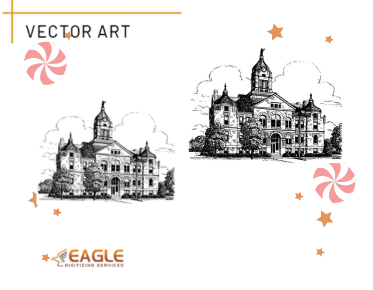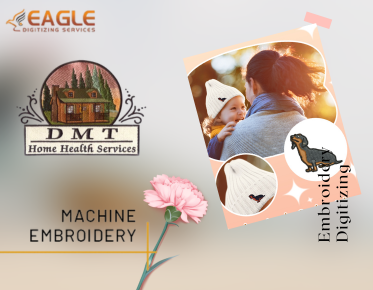Converting Raster Graphics to Vector Graphics
In the world of digital graphics, choosing between raster and vector graphics is a common decision for designers. One key difference between them lies in how they are composed: raster graphics are pixel-based, while vector graphics are composed of paths, defined by a start and end point, along with other points, curves, and angles.
Why Convert Raster Graphics to Vector?
Raster graphics, often in formats such as JPEG, PNG, or GIF, are ideal for certain uses due to their ability to handle highly complex images with a broad range of colors. However, they have a major disadvantage when it comes to scaling. Enlarge a raster image significantly, and it becomes pixelated, losing clarity and detail.
On the other hand, vector graphics, which include formats like SVG, AI, and CDR, are resolution-independent. They can be scaled to any size without losing quality, making them ideal for logos and other designs that need to appear in a variety of sizes and mediums. This ability to scale makes vector graphics an essential part of graphic design for vectorizing services across various industries【4:0†source】.
How is Raster to Vector Conversion Achieved?
Converting a raster graphic to a vector graphic involves using specialized vector conversion services and tools to trace the raster image line by line. This process essentially redraws the image in a vector format. Popular software for achieving raster-to-vector conversion includes Adobe Illustrator and CorelDRAW 【4:0†source】.
The conversion process is not just a simple task of using software; it requires a keen eye for detail and a good understanding of vector paths, layers, and curves. Professional services often engage skilled designers who can ensure that the converted vector graphic retains the essence of the original raster image.
Applications of Vector Graphics
Once converted to vector format, the graphics offer multiple applications, including use in web and graphic design, apparel printing, and large-scale advertising. Furthermore, businesses can gain the advantage of a polished and professional appearance through vector graphics in their branding materials, thanks to the high quality and scalability offered by these vector art conversion services.
Specialized Services by Eagle Digitizing
Companies such as Eagle Digitizing provide a wide range of raster to vector conversion services beyond just traditional image tracing. Their array of services includes vector logo design, vectorizing intricate artwork, and offering customization options like color separation and layer adjustments to fit specific customer needs【4:0†source】.
Choosing a Vector Conversion Service
When selecting a service provider for converting raster graphics to vector graphics, consider their expertise, turnaround time, and customer satisfaction rates. It's beneficial to engage services that provide free quotes and boast a record of high customer satisfaction. Many providers, like Eagle Digitizing, specialize in rapid turnaround times and maintain a 24/7 service availability to cater to urgent design needs【4:0†source】.
Future of Vector Graphics in Design
As technology continues to evolve, the capability to automate vector conversion through artificial intelligence and machine learning is slowly taking shape. However, the human touch, characterized by creativity and critical eye in design, remains irreplaceable. The balance of technology and human expertise in vector conversion promises an exciting path forward for the digital graphics industry.
As businesses increasingly embrace digital transformation in their operations, the demand for high-quality vector graphics is expected to rise. Staying ahead in this evolving landscape could pave the way for innovative applications in both marketing and product design.



